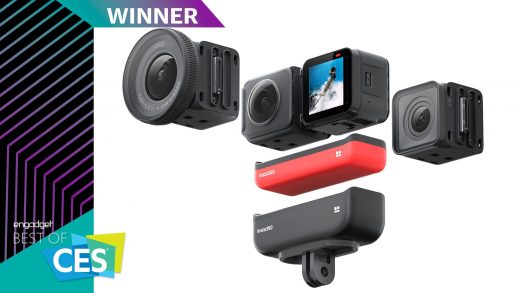Presenting the Best of CES 2020 winners!
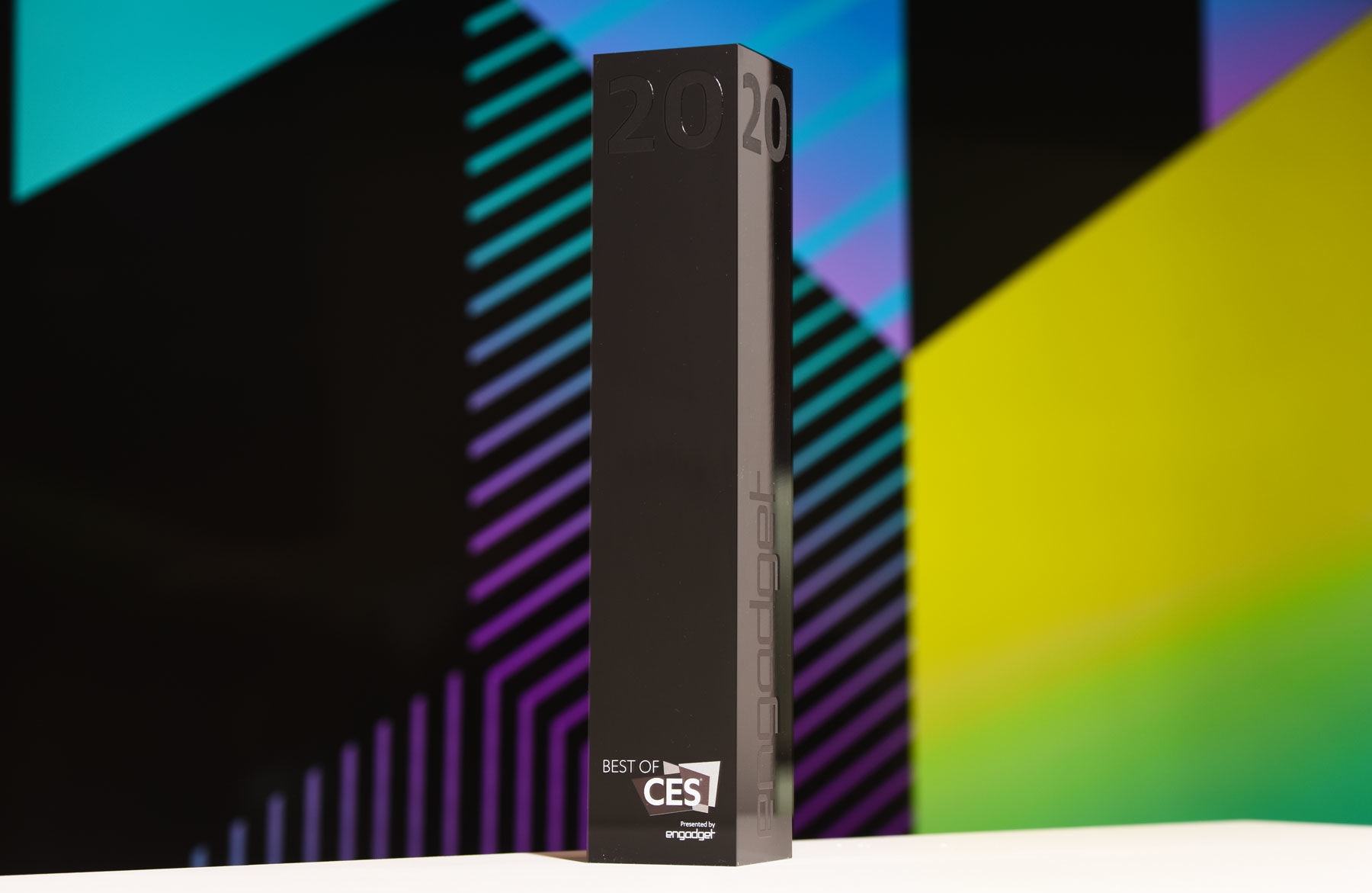
Several hours of discussions and debate later, Engadget’s editors have decided who among our finalists should win our Best of CES awards. Below is our list of winners for each category, as well as Best of the Best and People’s Choice. Congratulations to all winners and finalists!

Dana Wollman
Editor-in-Chief
That brings us to the best of the best, and the Hydraloop wins again! This is our first year judging sustainability products, and it feels good to see the winner of that category go on to win best in show. The 15 category winners are diverse, and all are winners in their own right, but Hydraloop won our team’s vote by a significant margin. Why? Well, as mentioned in its two other wins, the Hydraloop has the potential to reduce domestic water consumption significantly and negate one of the inevitable effects of climate change: water shortages.
People’s Choice
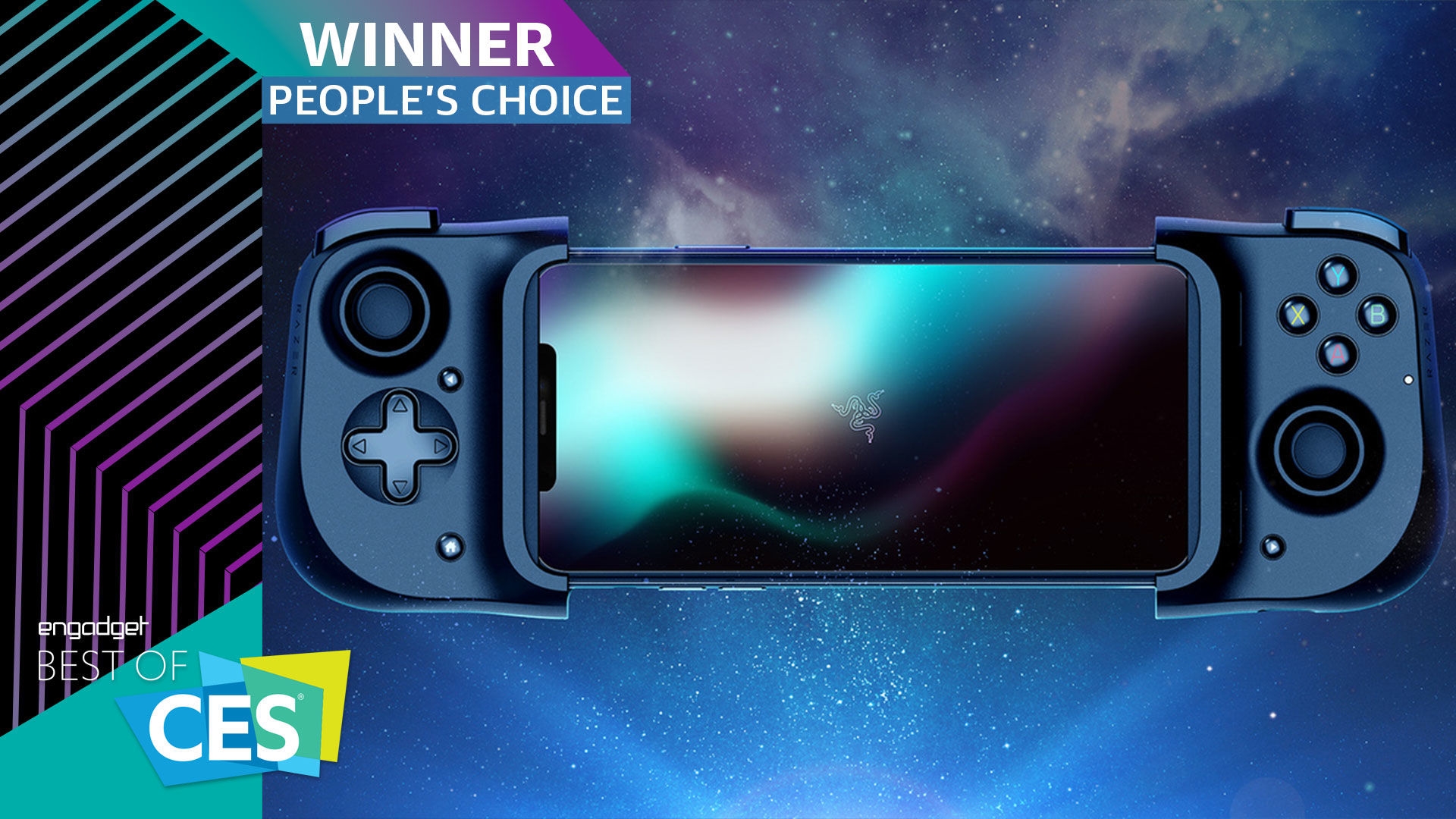

Nicole Lee
Senior Editor
More than 20,000 people voted in this year’s People’s Choice poll, and the winner is clear: the Razer Kishi. With more than 5,000 votes that represented more than 21 percent of the overall results, it really was no contest: Second place only received a little over 1,000 votes. Congratulations to Razer!
Follow all the latest news from CES 2020 here!
Best accessibility tech
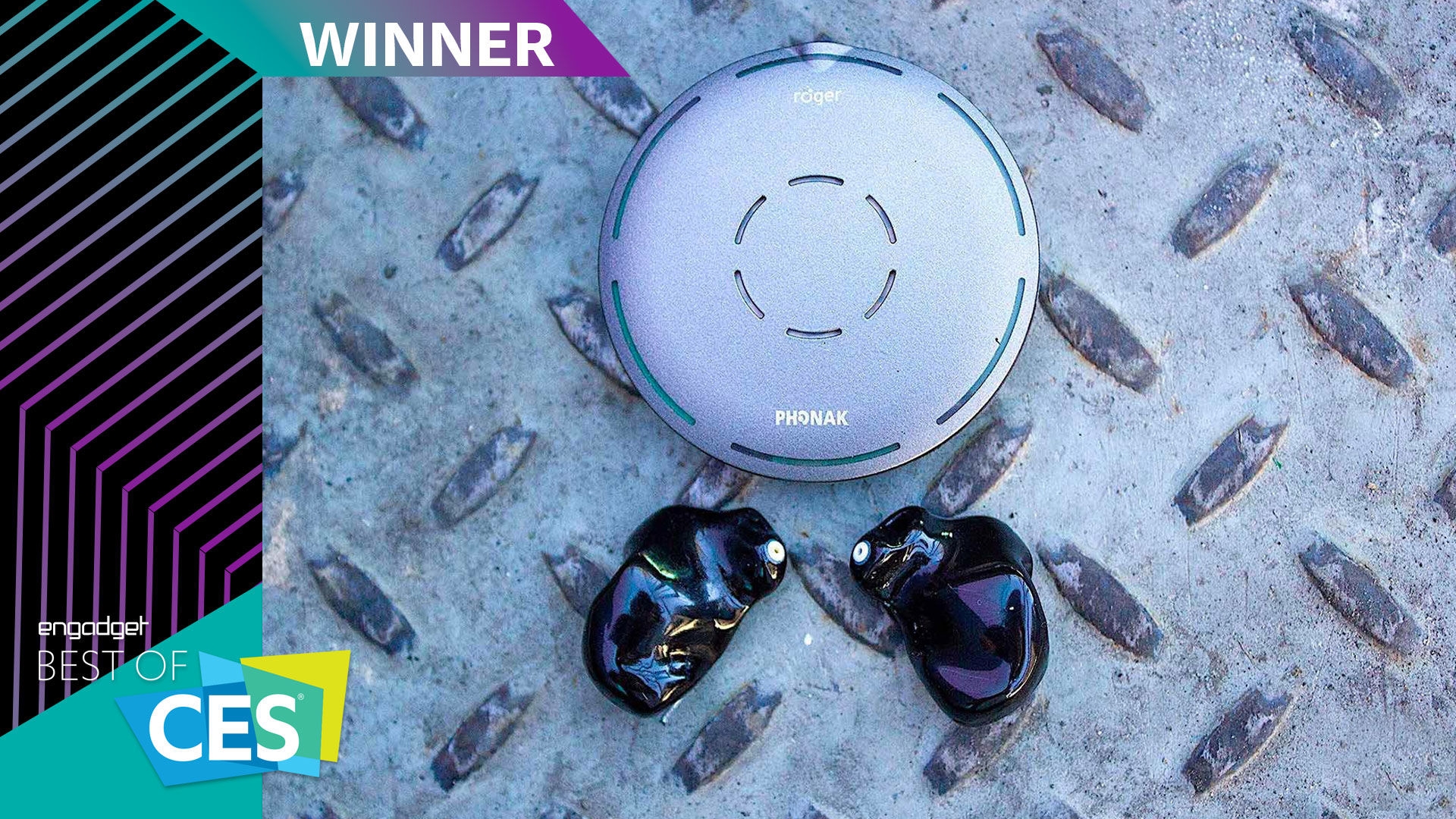

James Trew
Managing Editor
Hearing tech has been a strong category at this year’s CES, but Phonak came with a particularly compelling offering with the Virto Black. It’s a good hearing aid in and of itself, but we were also impressed by the modern design that strikes a good balance between aesthetic cool and comfort. It offers more than just hearing enhancement, with features like Bluetooth streaming, call handling and a clever “Roger” distance-listening accessory. The Virto Black will enhance your life beyond its primary purpose, which is what all good technology should do, especially where accessibility is concerned.
Best startup
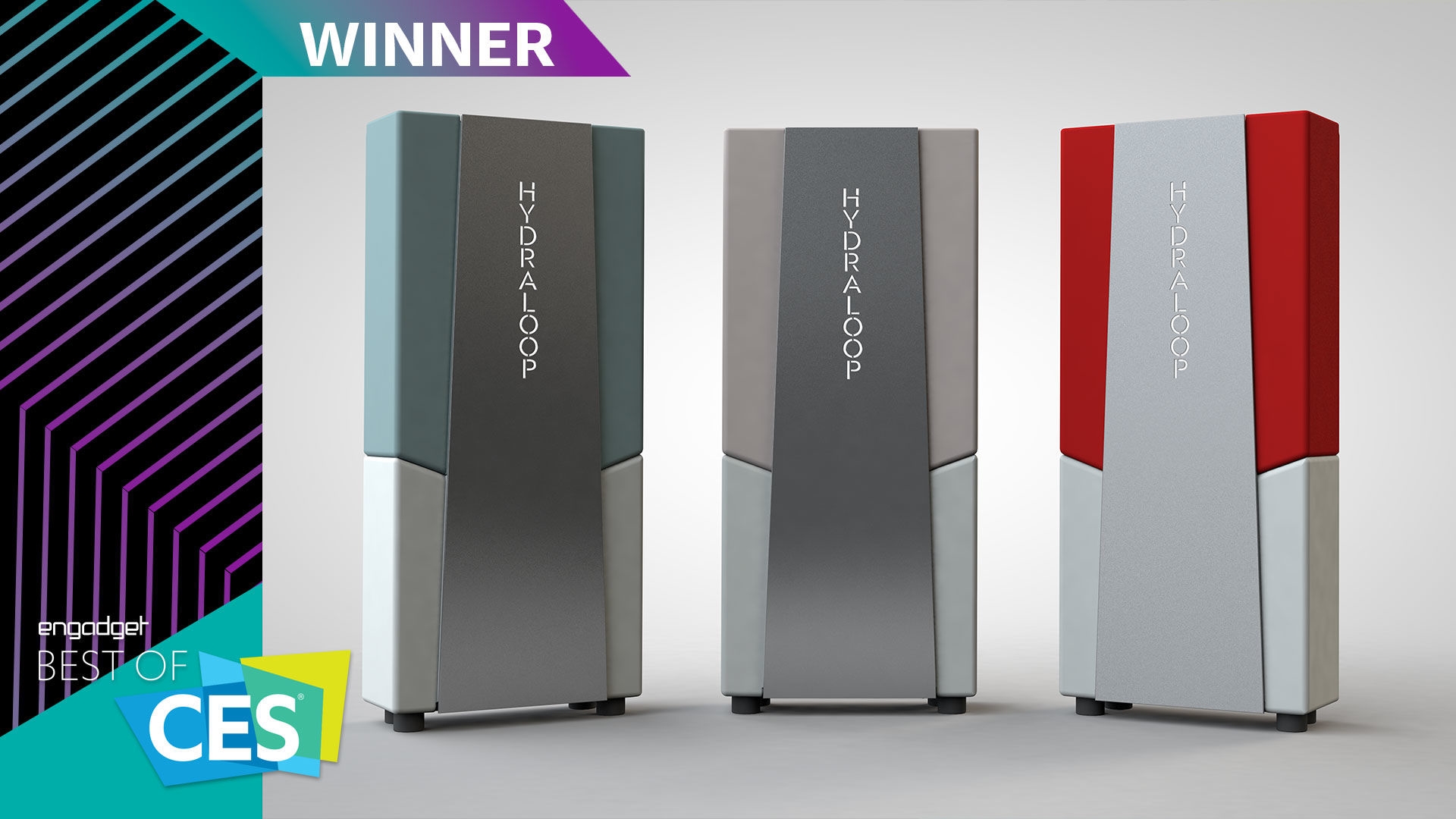

Chris Velazco
Senior Editor, Mobile
The Hydraloop is not only a charming bit of modern home decor but also a highly sophisticated water-purification system. Once installed in your home, it takes in outgoing wastewater and uses six widely accepted treatment methods to sterilize the water, which can then be reused in toilets, washing machines, pools and even in the garden. The best part? Hydraloop’s founder claims an average family of four stands to save tens of thousands of gallons of water per year, which should be just as good for your wallet as it is for the planet.
Best digital health and fitness product
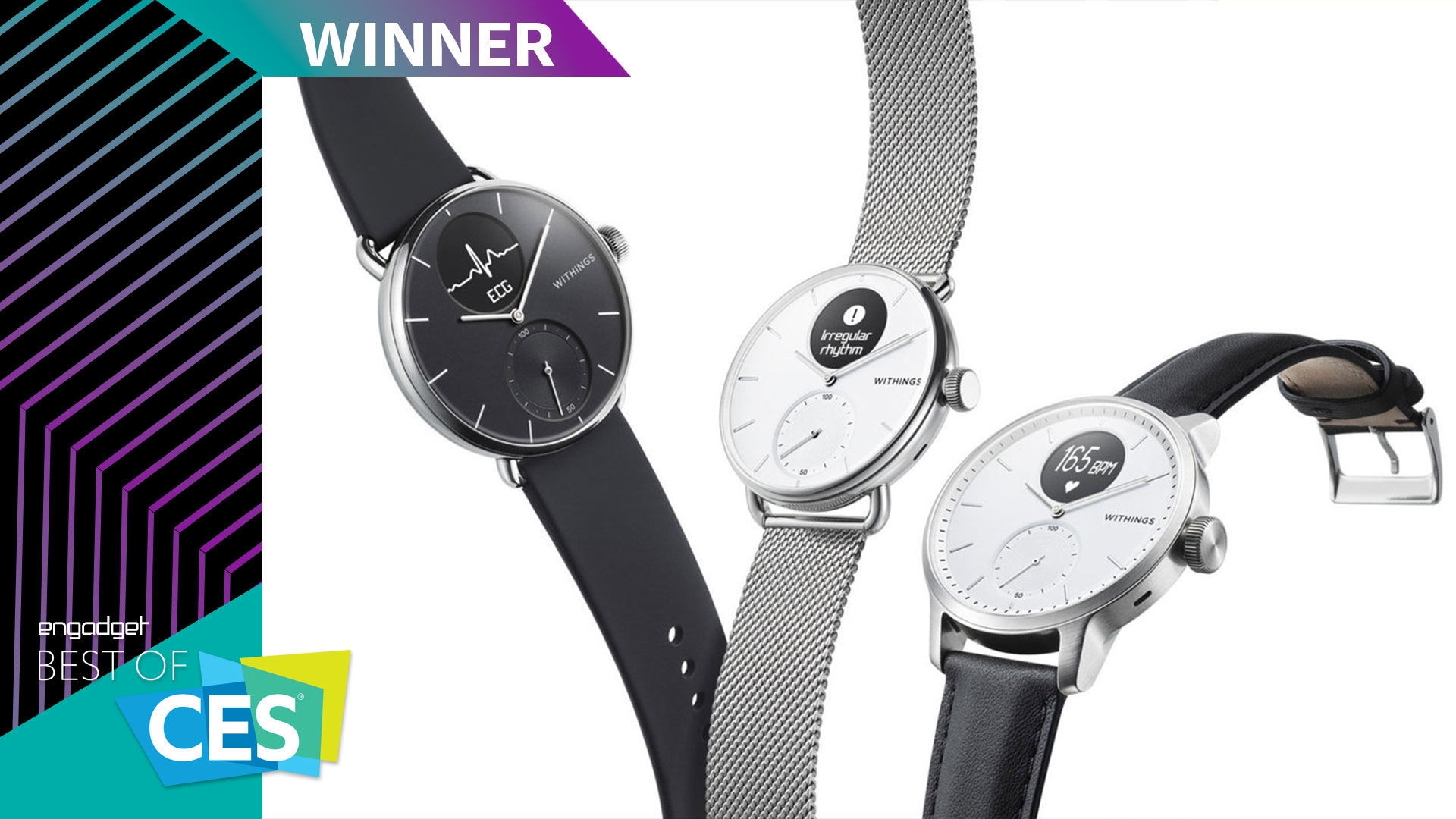

Daniel Cooper
Senior Editor
It may look like an analog watch, but Withings’ ScanWatch is really a tool for keeping track of your overall health. A heart rate sensor checks how you’re doing, and if it finds abnormal cardiac activity, you’ll be asked to check your vitals with the onboard ECG. It can also track your sleep and look for signs of sleep apnea with a built-in SpO2 sensor. A device that does all of this, look good and still lasts for 30 days on a single charge is clearly one that deserves to be crowned as the best digital health and fitness product of CES.
Best wearable
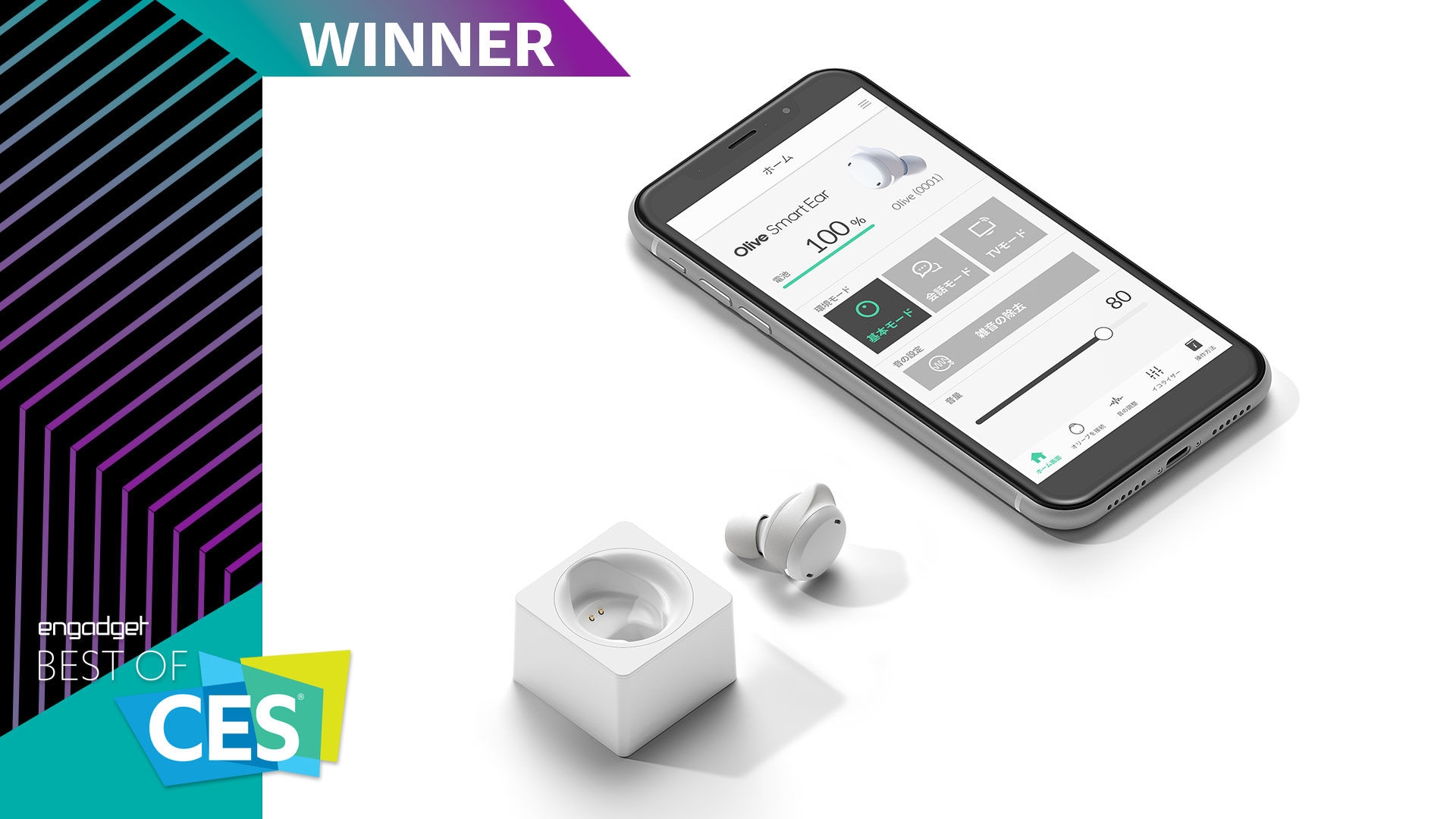

Cherlynn Low
Reviews Editor
The Olive Union Smart Ear is a hearing aid disguised as a true wireless earbud, which helps reduce the stigma that can come from wearing a typical behind-the-ear device. It’s more affordable than a hearing aid yet still offers premium features like music streaming, different listening modes and hands-free calling. Unlike true earbuds though, it’s sold as a single unit, so you’d wear it in just one ear to amplify sound if you’re someone who needs a little help hearing better.
Best transportation technology
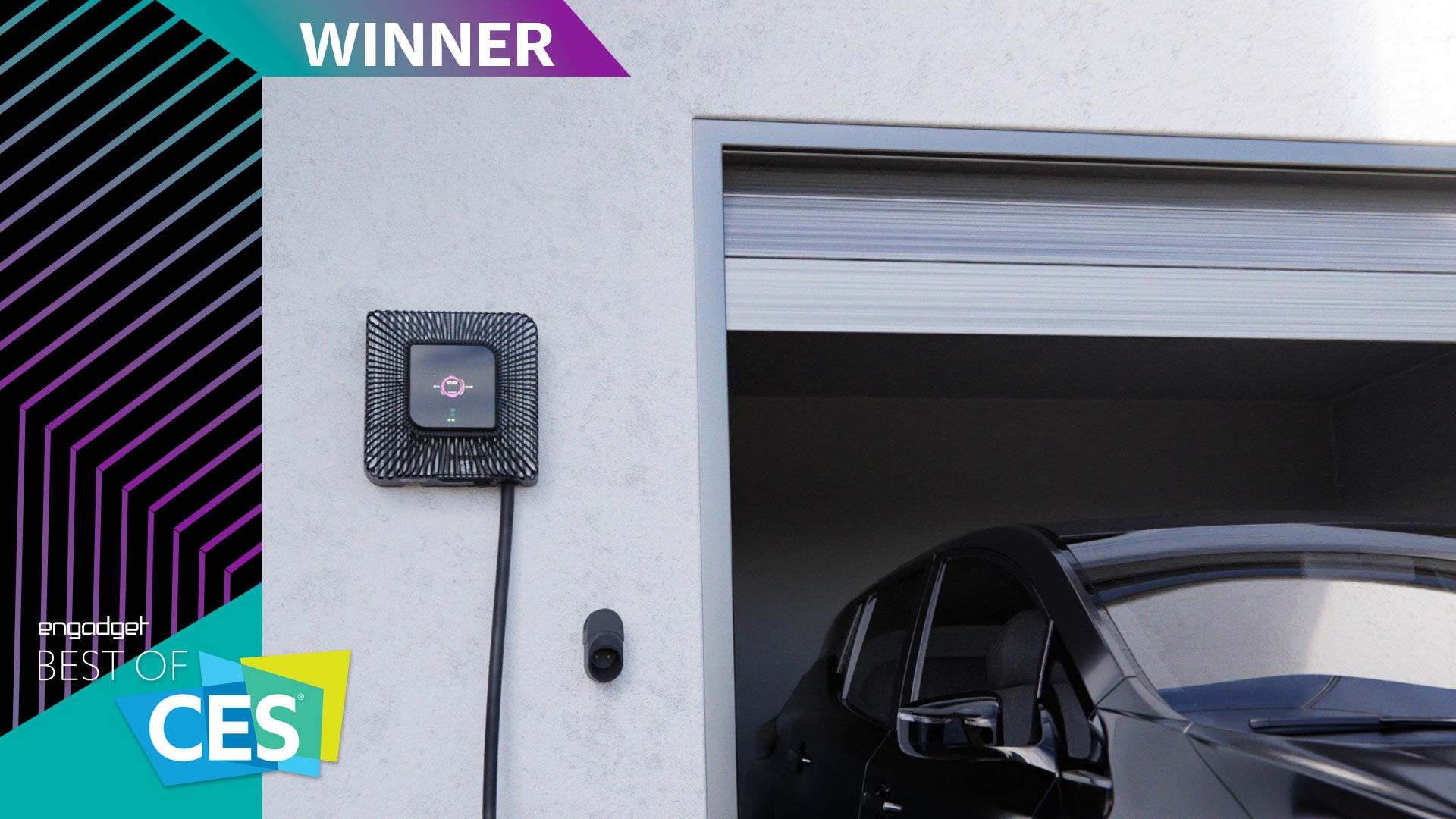

Roberto Baldwin
Senior Editor
The Wallbox Quasar unlocks one of the exciting technologies of the electric car: the ability to use the battery pack to power your home or sell power back to the grid. The giant slab of electrons laying dormant in an EV when it’s parked in a garage has the potential to change how we power our homes. The Quasar realizes that possibility. It creates a home/vehicle ecosystem, and if we want a cleaner planet, we need to use all the resources at our disposal. Even our cars.
Best home theater product
Dolby Vision IQ
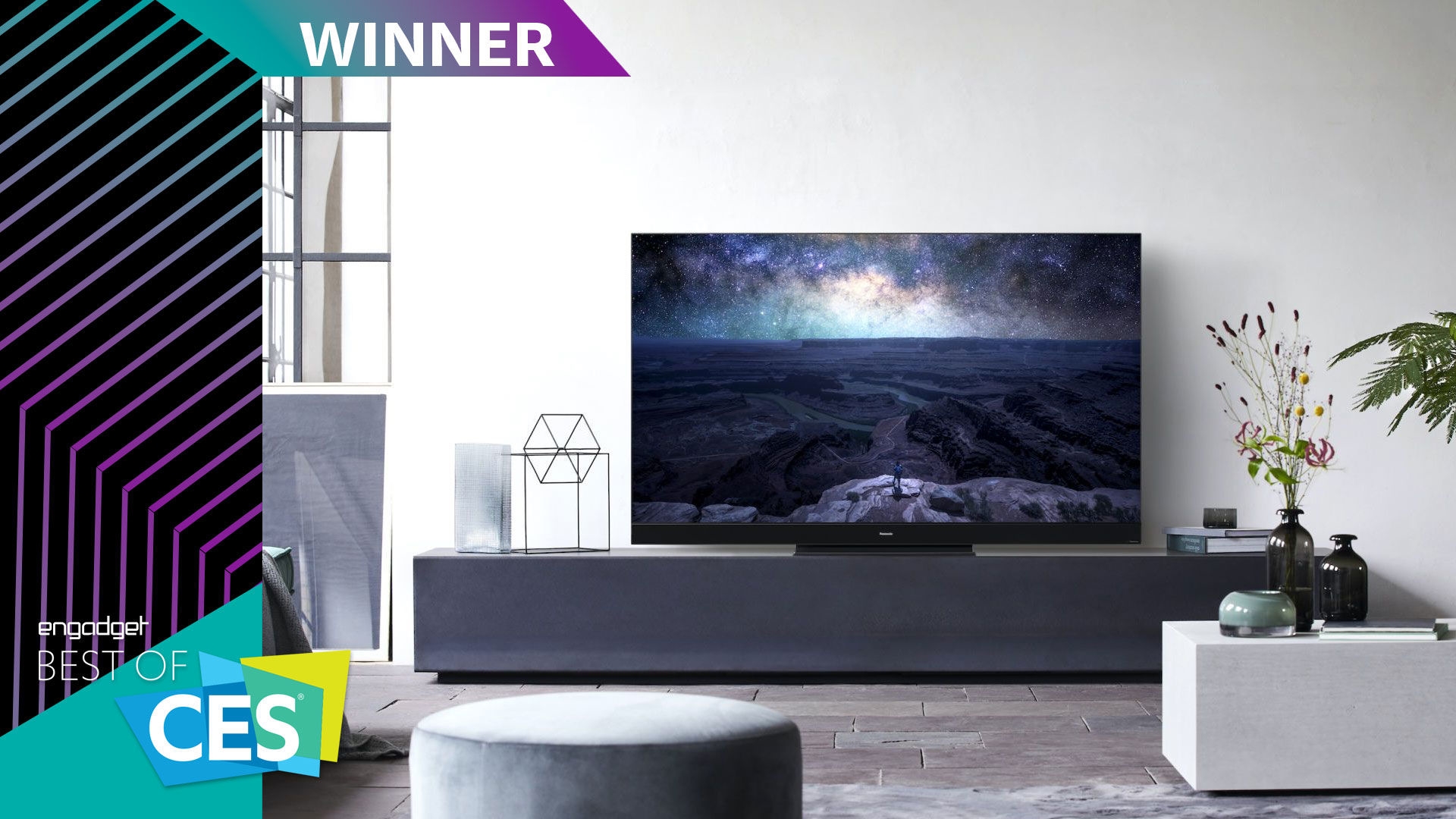
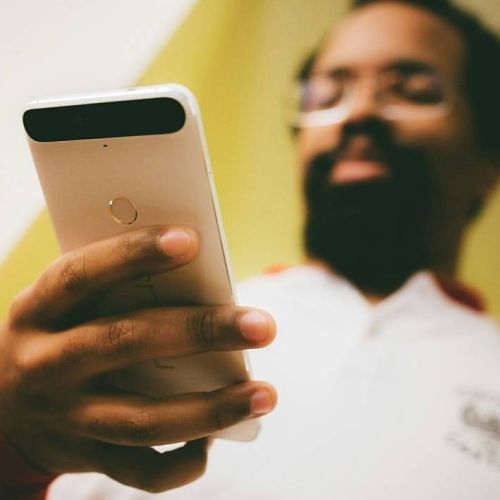
Richard Lawler
Senior News Editor
Dolby Vision IQ takes a good thing (Dolby’s enhanced spec for creating and displaying HDR content) and improves its application in everyday life. While some of us would prefer to watch every bit of The Mandalorian or John Wick 3 in a darkened theater room, that’s not what’s available. Beyond just tweaking the picture so it looks the best for the room you’re in, Vision IQ is also going to make sure that different types of content, like action sports, documentaries or feature films, are presented with the settings that best match what’s on-screen. It’s tech that should make everyone’s home theater experience better and more accurate.
Best connected home product
Weber Connect Smart Grilling Hub
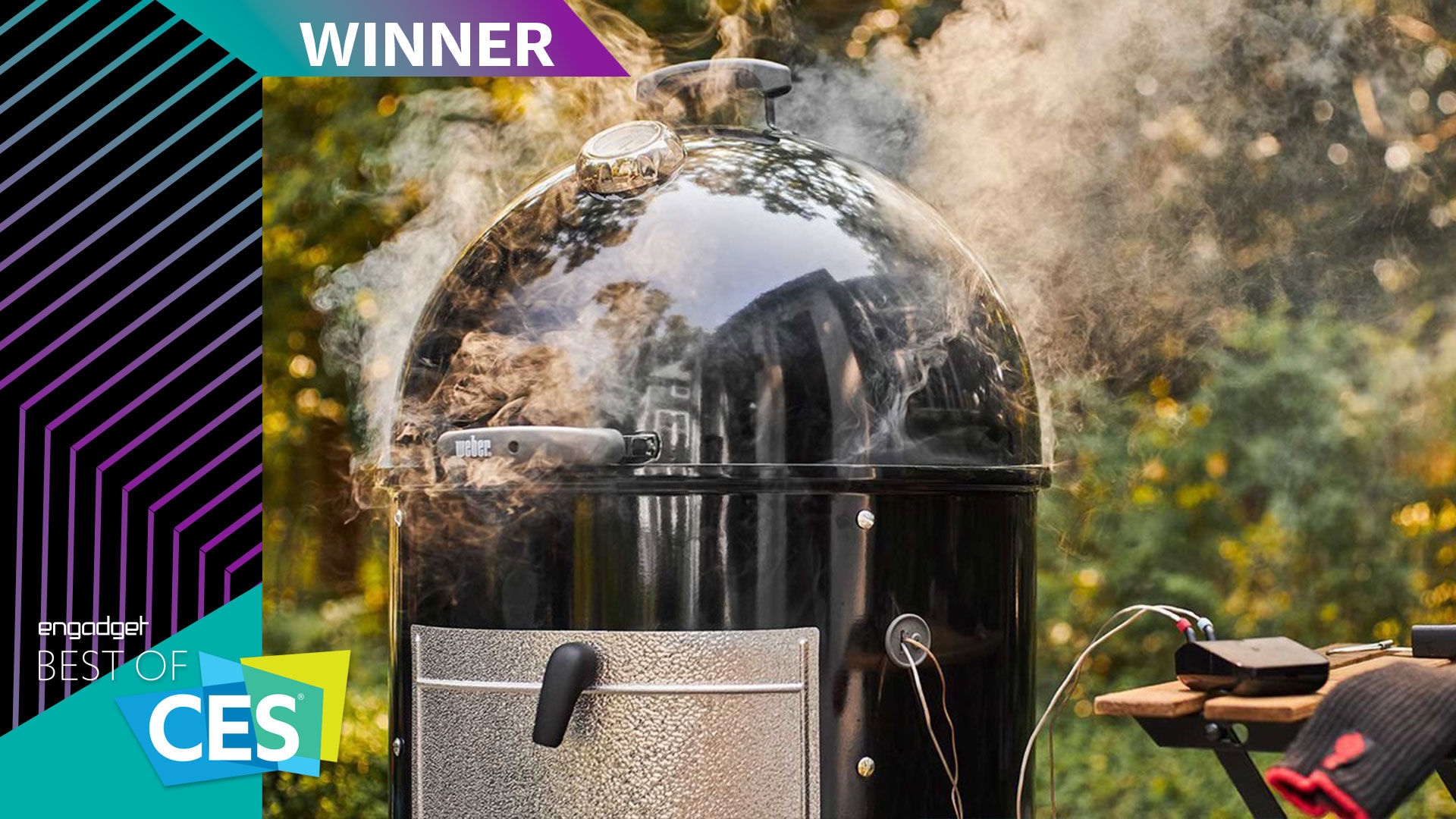

Terrence O’Brien
Managing Editor
Weber’s Smart Grilling Hub brings the idea of the connected home to your backyard. Rather than demanding you buy a whole new cooker to upgrade your BBQ game, this makes your existing gas or charcoal grill a bit smarter. It has four temperature sensors that feed data back to an app on your phone. From there you can check the ambient temperature of your grill as well as that of several different meats at once. The app will even guide you through every step of the process, including prep, flipping and estimated completion time, making the art of smoking and grilling more approachable to even a novice chef.
Best phone or mobile device
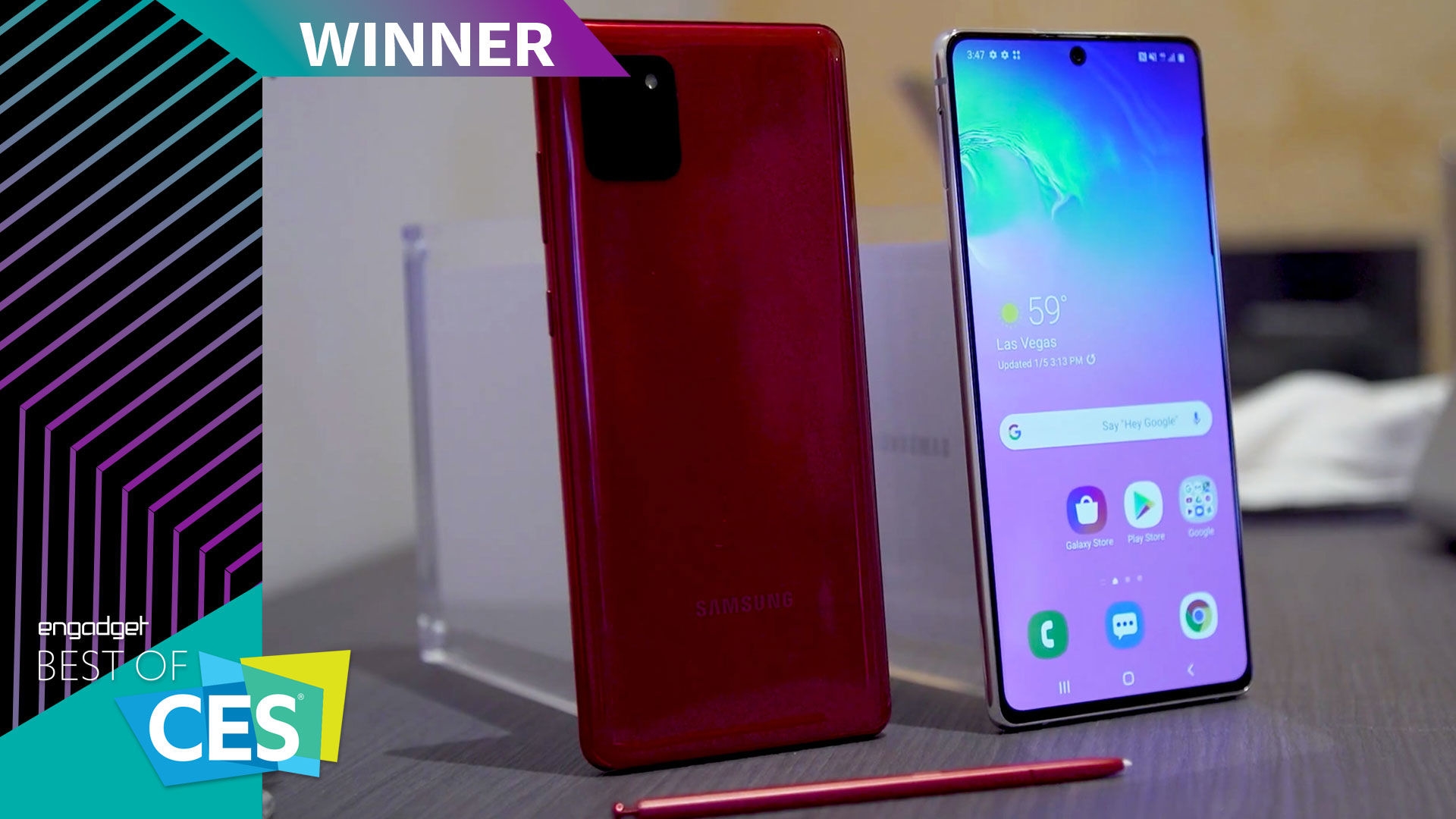

Chris Velazco
Senior Editor, Mobile
Samsung’s Galaxy Note 10 was a stunning smartphone when it launched in 2019, and now the company is making a version more people can afford. The new Galaxy Note 10 Lite packs a big, beautiful screen; a snappy Exynos processor; some clever software; and of course, that trademark S Pen stylus. The Note 10 Lite doesn’t do everything its expensive cousins can, but it doesn’t need to. Making flagship performance and features available to more people for less money is what’s really important here.
Best TV product
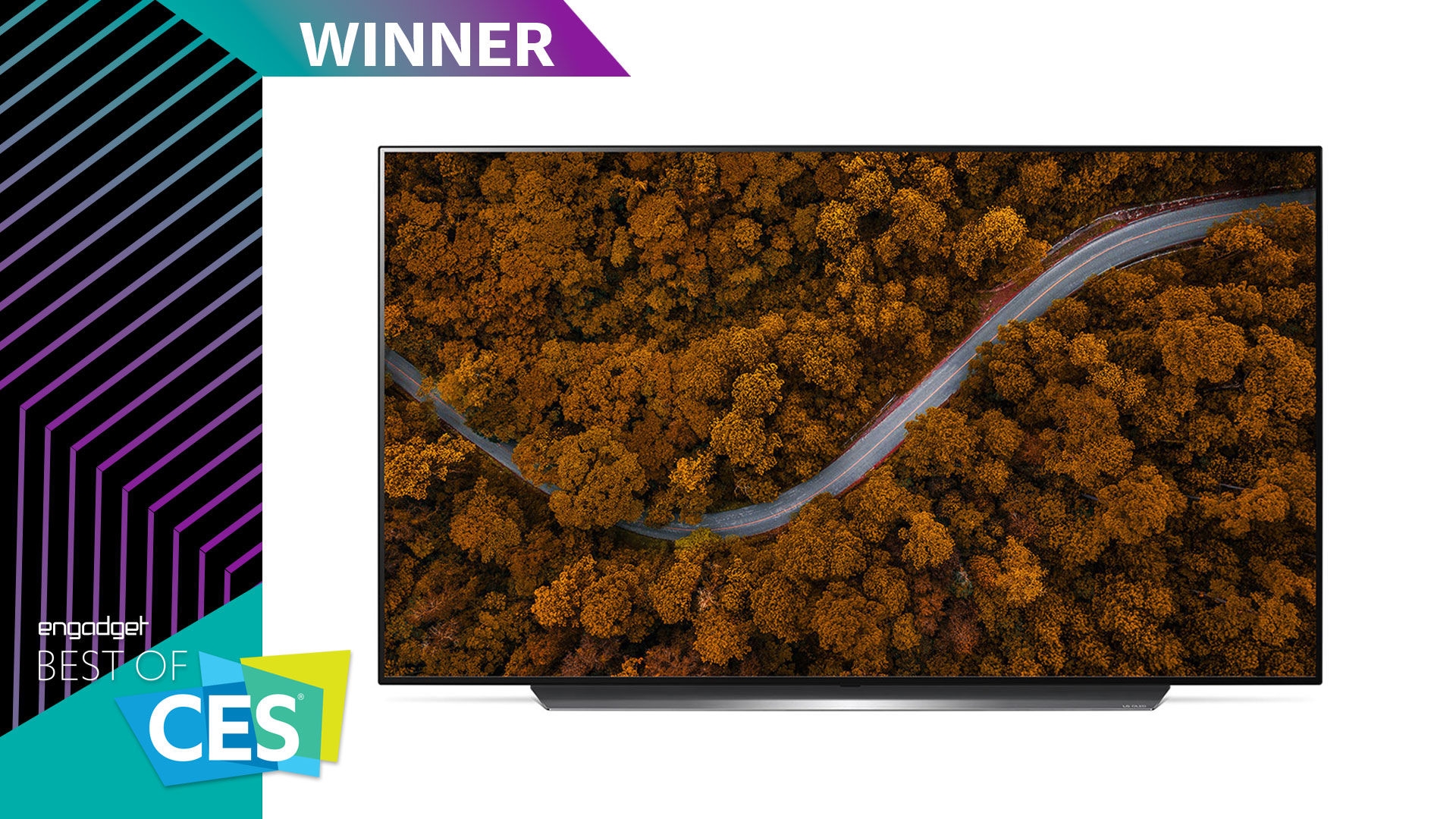

Devindra Hardawar
Senior Editor
LG’s OLED sets have been among our favorite TVs for years, and they’re no exception in 2020. LG has added a ton of new features like NVIDIA G-Sync support, which makes your games look smoother, and Filmmaker Mode, which disables motion smoothing and other unnecessary video tweaks. And they still have all the benefits of OLED, like an insanely high contrast ratio, inky black levels and rich colors. LG has also improved its image processing to sharpen objects and improve details in your video. They’re so good that you’ll wonder why so many TV companies are pursuing 8K TVs instead of catching up to the quality of OLED.
Best gaming product
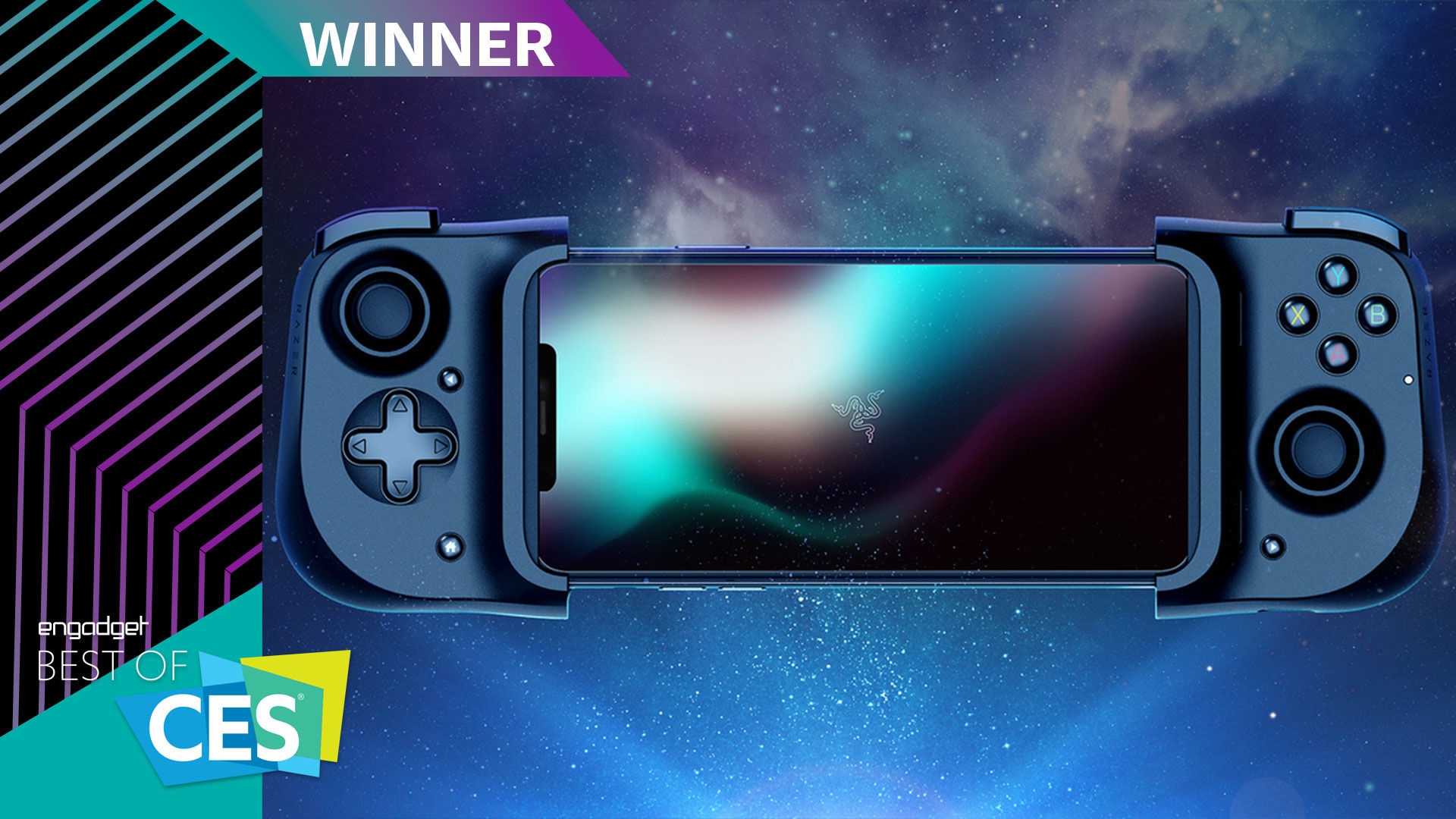

Nick Summers
Reporter
Yes, there are plenty of smartphone games with great touch-based controls. But sometimes you want absolute precision — the kind that’s only possible by moving thumbsticks and pressing face buttons. For those gaming sessions, you’ll want Razer’s Kishi controller. Developed in partnership with Gamevice, the accessory plugs directly into your iPhone or Android smartphone (no Bluetooth required!) to keep latency as low as possible. We think it’s a perfect companion for online multiplayer titles such as Fortnite and the fast-growing world of game-streaming services such as xCloud and Stadia.
Most unexpected product
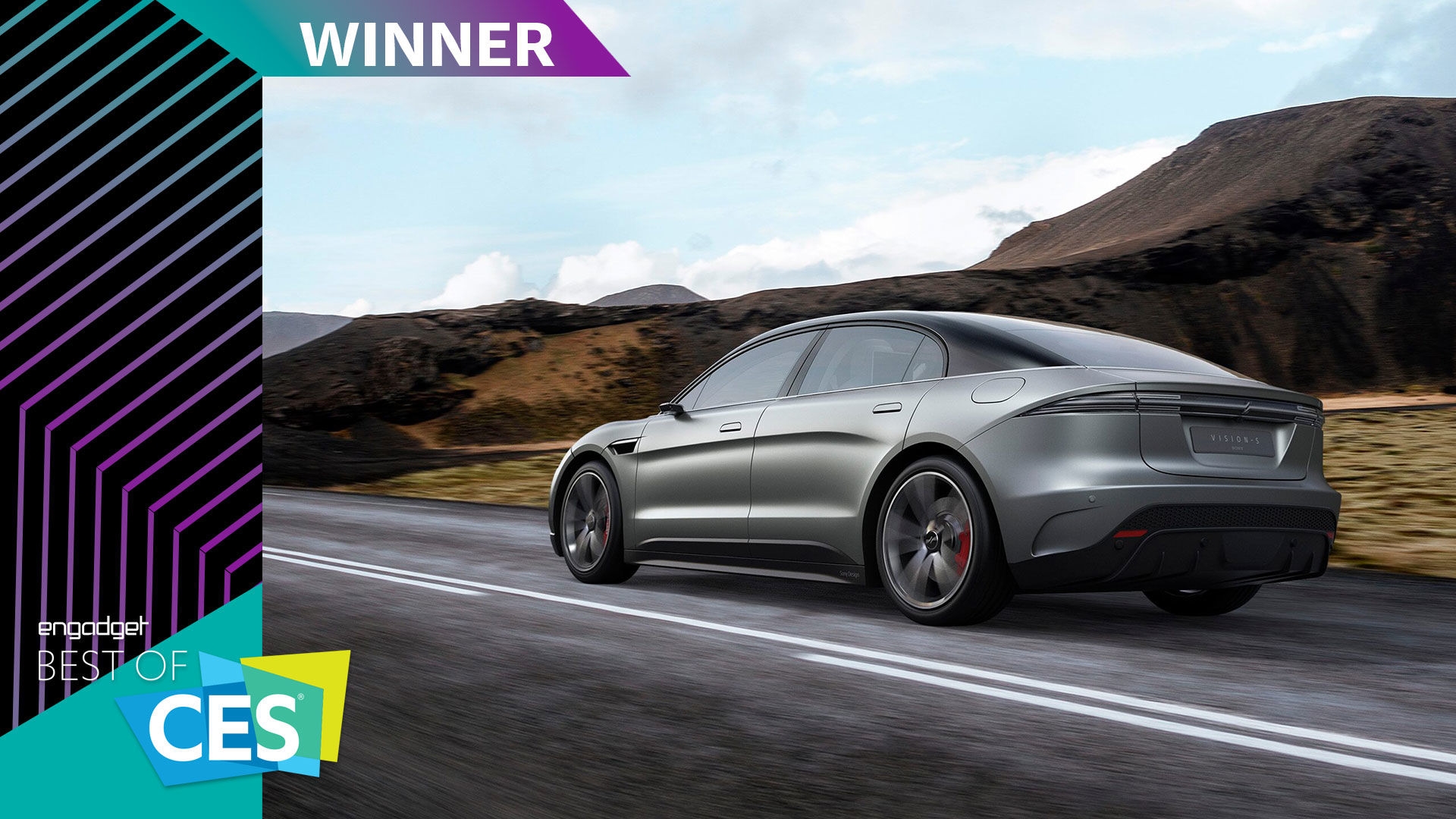

Mat Smith
Bureau Chief, UK
Sony has avoided major product announcements at CES for several years. Its presence serves to remind us all that it is still making pretty much every consumer tech gadget out there, with new TVs, speakers or perhaps an occasional smartphone. This year, it wheeled out its Project-S concept car in front of a dumbfounded crowd. Somehow, miraculously, Sony managed to keep it a secret from everyone. It’s not a car you’ll ever be able to buy, but it’s a surprising display of confidence in mobility technology and software from the company that brought you the Walkman and the PlayStation.
Best sports tech
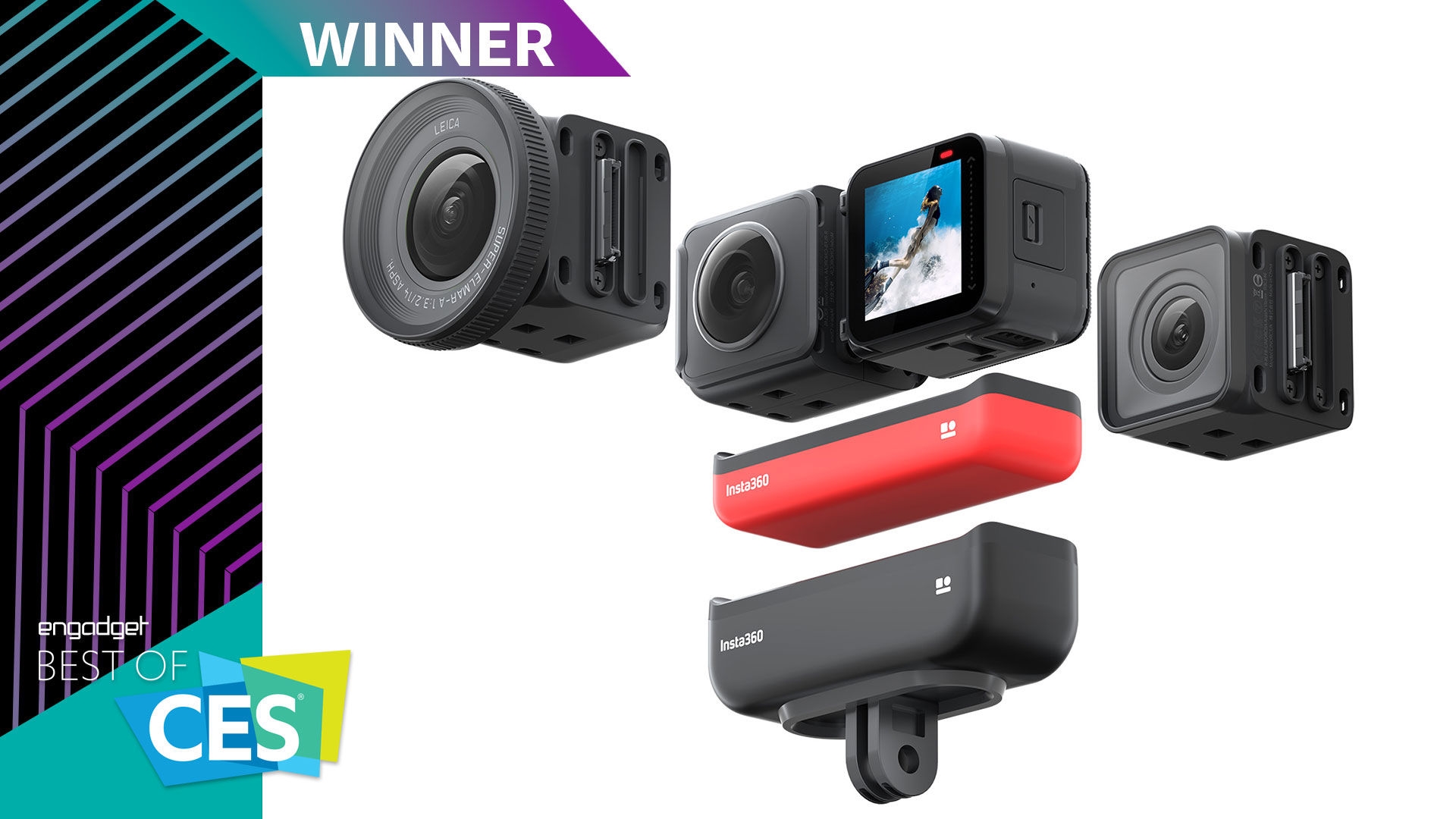

Richard Lai
Senior Editor; Engadget Chinese Editor-in-Chief
Insta360 is already known for its excellent video-stabilization technology, and now it’s taken it one step further by offering a modular camera — one that lets you switch between a 360-degree mod, a 4K ultra-wide mod and a high-quality 5.3K one-inch sensor mod that’s co-engineered by Leica. You can set up the device according to your needs, with the option to mount parts for 3D 180-degree shots or 360-degree drone footage. This is one very versatile, ambitious action cam.
Best PC or tablet
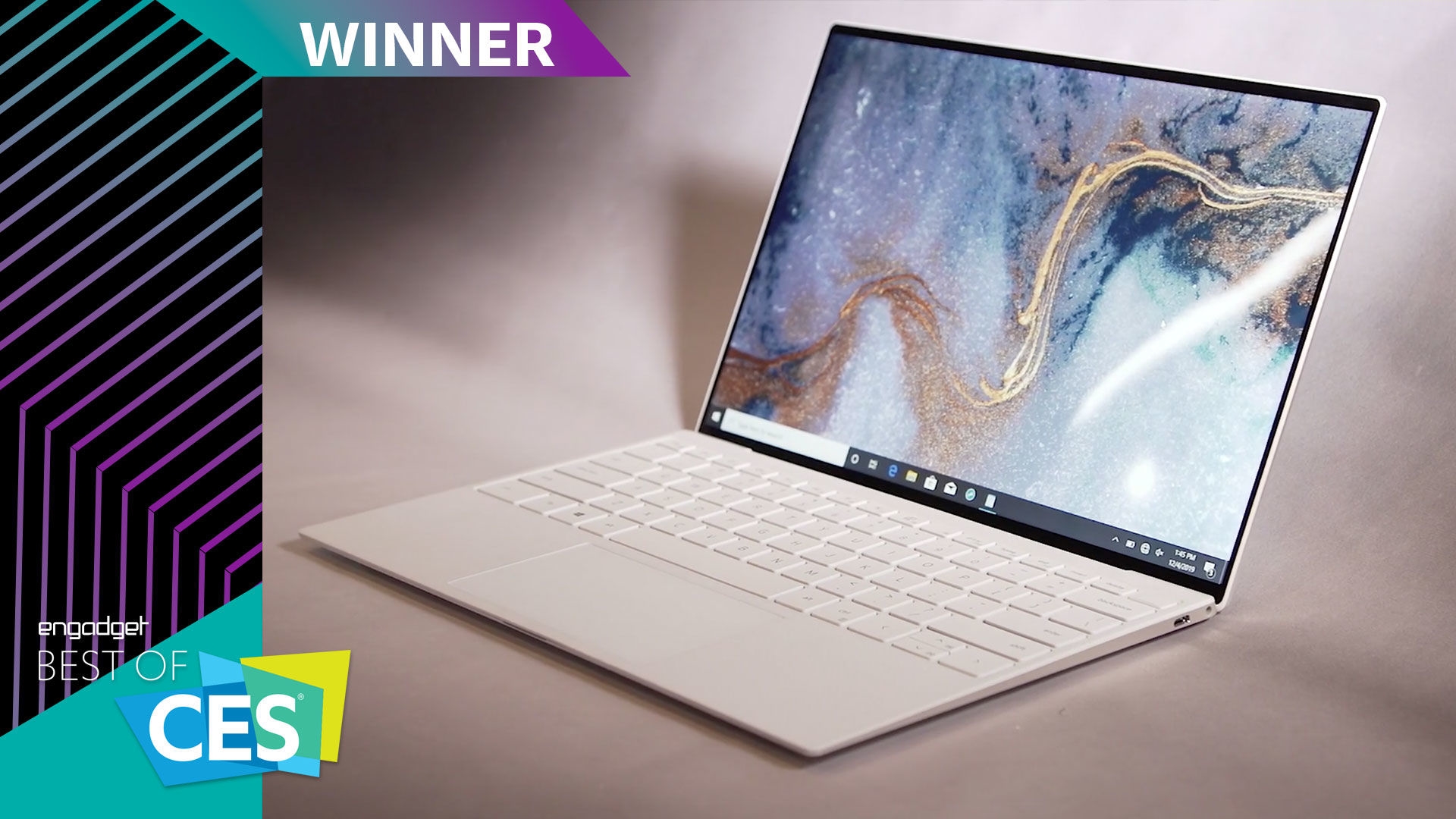

Dana Wollman
Editor-in-Chief
Dell’s XPS 13 won its first Best of CES award when it debuted back in 2015. The company has kept up with the competition, so much so that we find ourselves honoring the XPS 13 yet again, this time for the 2020 edition. The newest model has a taller, more convenient 16:10 display, and it brings even thinner bezels that make it look as if the display is rising out of the keyboard. Speaking of the keyboard, it now has a wider edge-to-edge layout, and it’s as comfortable to type on as ever. The XPS 13 might not be a new product line, but of the various PCs we considered, this was far and away the item we were most likely to purchase for ourselves.
Best robot or drone
Zero Zero Robotics V-Coptr Falcon
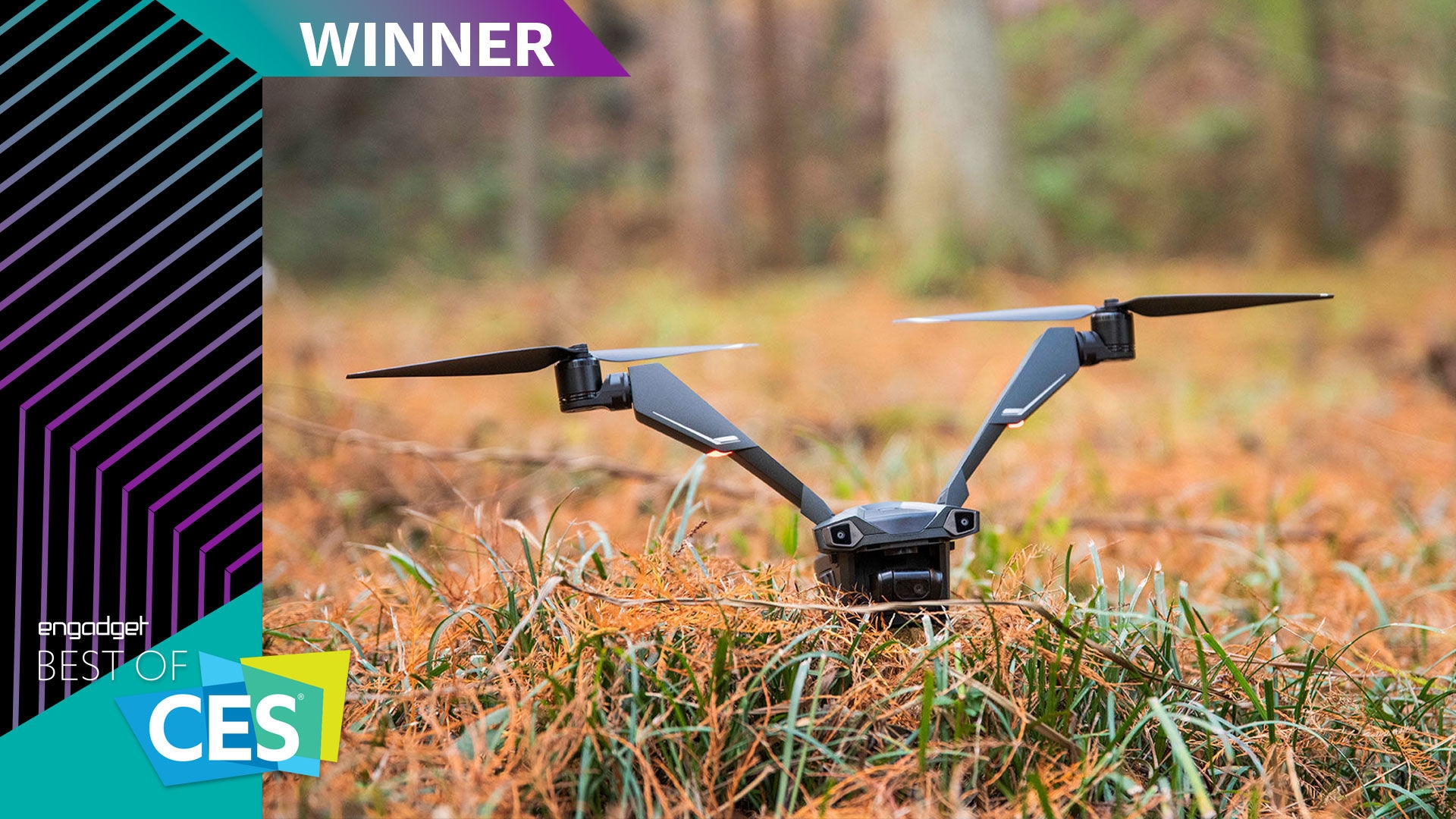

Richard Lai
Senior Editor; Engadget Chinese Editor-in-Chief
Zero Zero Robotics’ new drone doesn’t look like the rest. The V-Coptr Falcon’s refreshing bi-copter form factor not only looks cool but also helps it to stay in the air for a good 50 minutes — about 20 minutes longer than most of the competition. It uses two front-facing cameras for obstacle avoidance, and there’s a 12-megapixel main camera on a three-axis gimbal for stable 4K shooting. There are also auto-follow features and programmable flight paths for cinematic shots. You can even go fully manual using the controller over a seven-kilometer transmission range. Finally, a drone that breaks from the quadcopter norm.
Best sustainability product
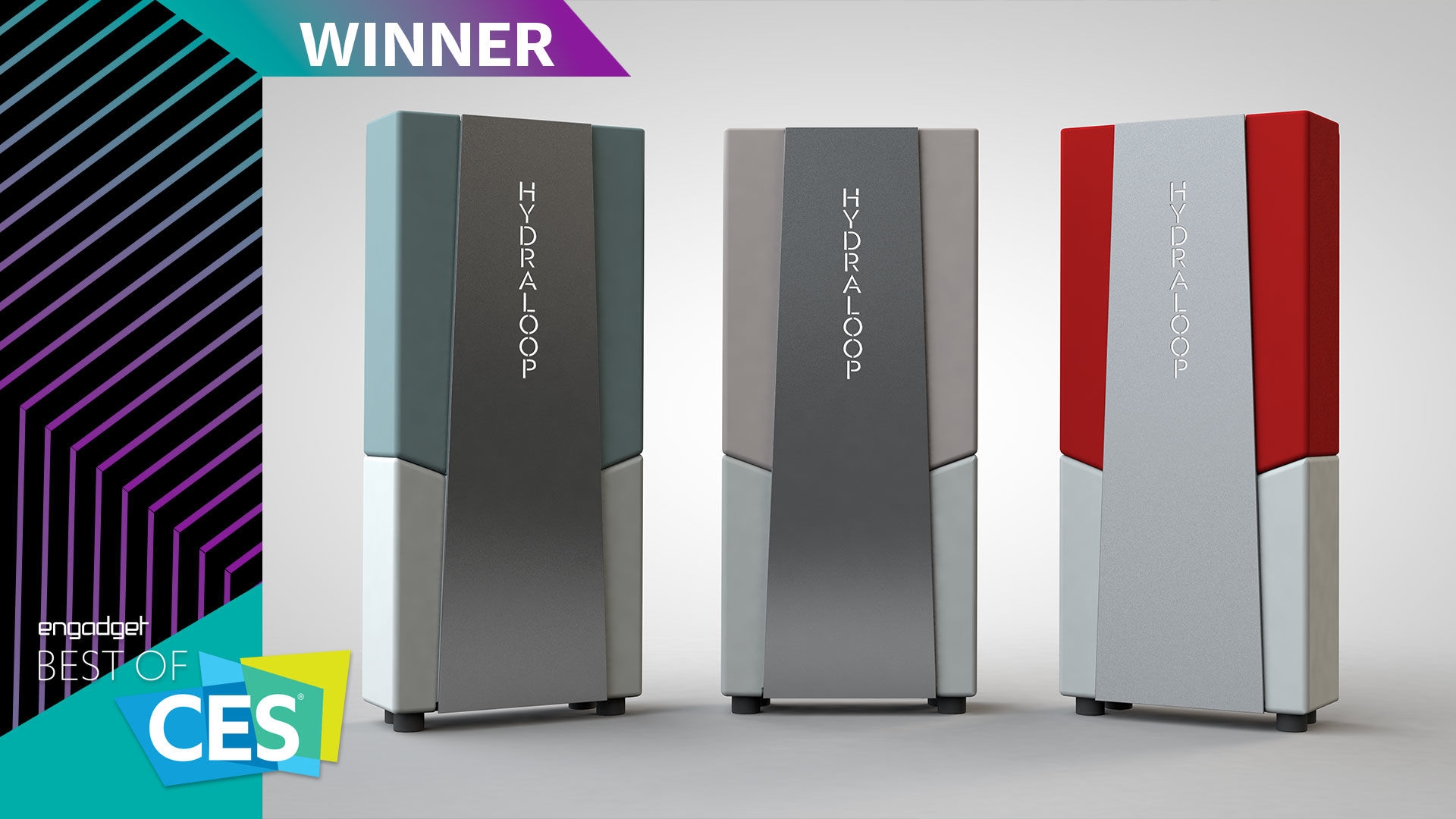

Chris Ip
Associate Features Editor
Think of Hydraloop as a household water recycler. Wastewater from, say, the bathtub goes in, clean water to flush toilets comes back in. That could recycle some 85 percent of water used at home, reducing water consumption by 45 percent, according to the company. While not cheap at $4,000, the unit has the advantage of being a “set and forget” device. Sustainable practices will really take hold in people’s daily lives when they’re frictionless, and that’s what Hydraloop aims for.
Best of the Best
(55)

